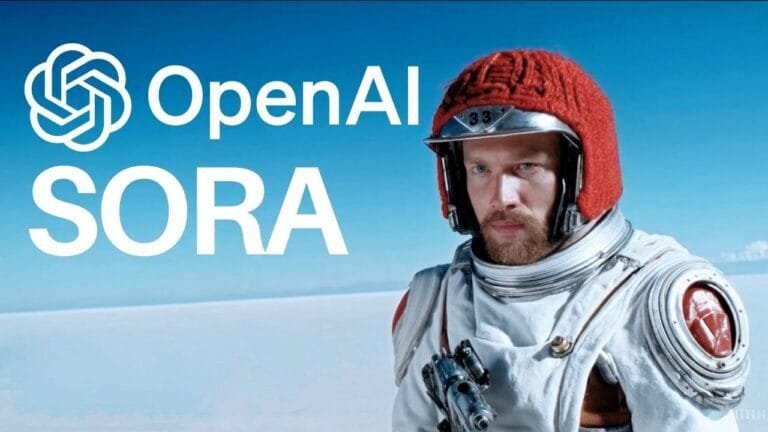OpenAI has expanded the reach of its groundbreaking Sora AI video generator to European users, marking a significant milestone approximately one year after its initial debut. This powerful tool enables users to create short videos in mere seconds using simple text prompts, transforming the landscape of digital content creation.
Accessibility and Subscription Requirements
The company announced the European launch through a recent post, confirming that access to Sora’s impressive capabilities requires either a ChatGPT Plus subscription priced at $20 monthly or the more comprehensive ChatGPT Pro subscription at $200 per month. This tiered approach allows OpenAI to manage the rollout while providing different levels of service based on user needs.
The video creation process itself remains remarkably straightforward—users need only provide a few keywords or descriptive phrases to generate their desired content. This accessibility makes sophisticated video production available to creators regardless of their technical expertise or previous experience with video editing software.
Understanding Usage Limitations
While the technology opens exciting possibilities, OpenAI has implemented certain constraints that vary according to subscription level. The volume and quality of videos users can generate directly correlates with their chosen subscription tier, creating a natural progression of capabilities for different user segments.
Notably, videos created under the more affordable ChatGPT Plus subscription will feature a watermark—a common practice for AI-generated content that helps identify its origins. Meanwhile, ChatGPT Pro subscribers enjoy watermark-free videos, providing a cleaner, more professional end product suitable for various applications.
Implications for Content Creators
The arrival of Sora in Europe represents more than just a new tool—it signals a fundamental shift in content creation workflows. Creative professionals can now rapidly prototype concepts, generate b-roll footage, or visualize storyboards without expensive equipment or specialized teams. This democratization of video production technology puts previously unattainable capabilities into the hands of individual creators and small businesses.
The technology’s ability to understand and interpret natural language prompts demonstrates the growing sophistication of AI systems in bridging the gap between human creative intent and final digital output. As users experiment with increasingly complex prompts, the boundaries of what’s possible continue to expand, potentially reshaping expectations around video content across industries.
Related Technologies and Applications
Sora joins a growing ecosystem of AI-powered creative tools that are transforming digital media production. From image generators like DALL-E and Midjourney to audio tools like Descript and Eleven Labs, creators now have access to an unprecedented suite of AI assistants that can handle various aspects of the production process.
These complementary technologies can work in concert with Sora to create comprehensive media experiences—generating background music, creating voice-overs, or producing accompanying imagery that maintains stylistic consistency across formats. This integration potential suggests a future where complex multimedia projects require significantly less time and technical expertise.
Glossary of Terms
- AI Video Generator: Software that uses artificial intelligence to create video content based on text descriptions.
- Text-to-Video: The process of converting written descriptions into visual motion content.
- Prompt Engineering: The practice of crafting effective text instructions for AI systems to produce desired outputs.
- Watermarking: A technique to embed identifying information within digital content to indicate its source or ownership.
- Generative AI: AI systems that can create new content rather than simply analyzing existing data.
- ChatGPT Plus/Pro: Subscription tiers offered by OpenAI that provide access to advanced features and capabilities.
The evolution of tools like Sora represents just the beginning of AI’s impact on creative industries. As the technology continues to mature and become more widely accessible, we can expect to see increasingly sophisticated outputs and novel applications across entertainment, education, marketing, and beyond.
Source: X/OpenAI




